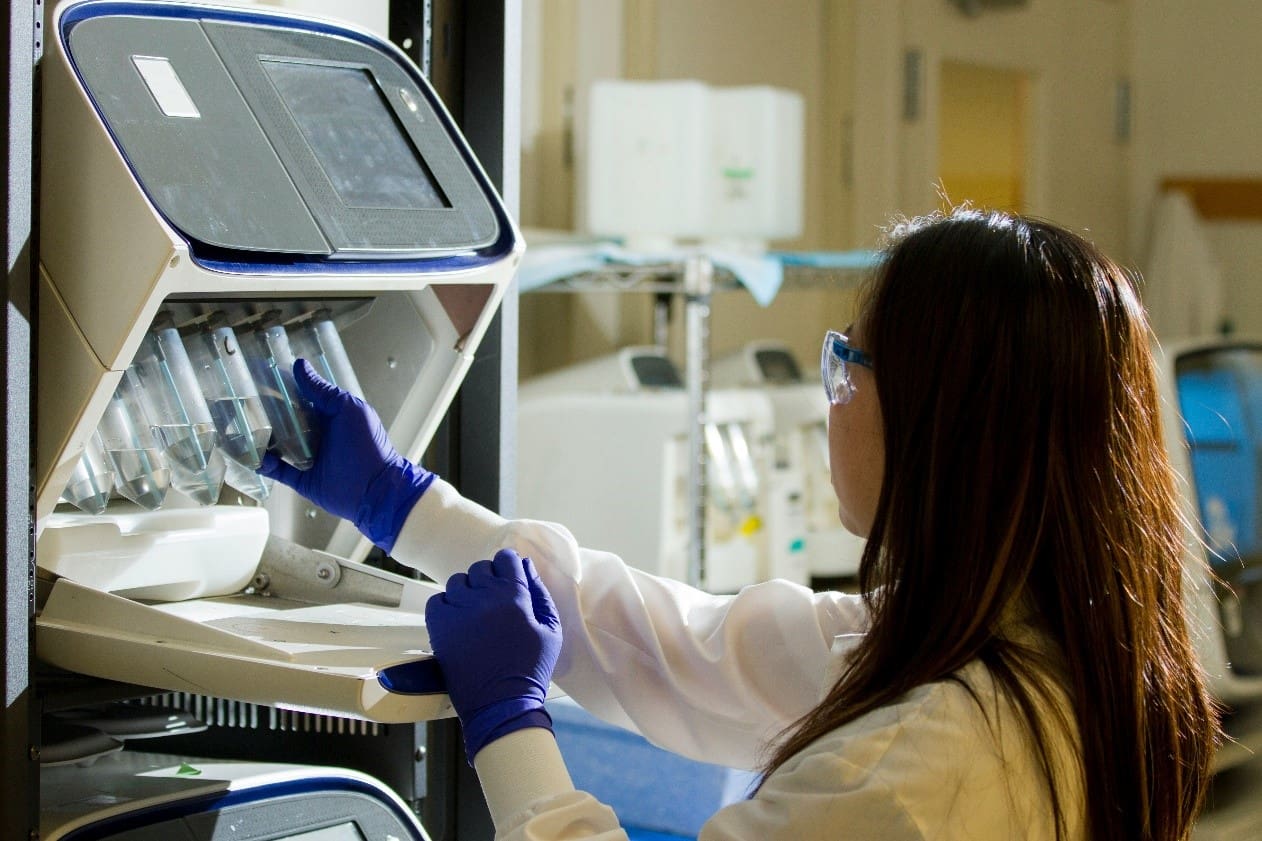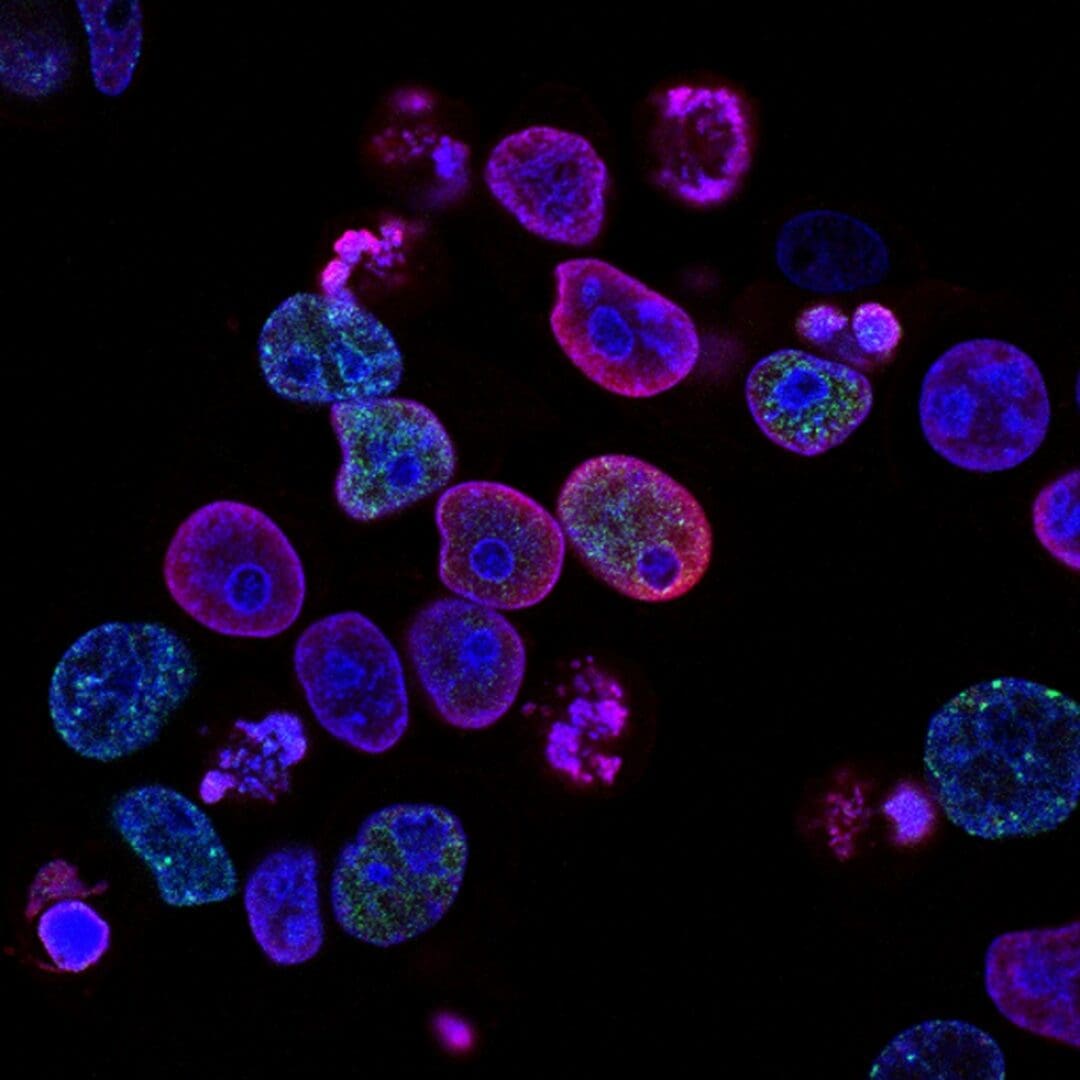Climate Change and Its Impact on Global Health
Climate change is no longer a looming threat but a current global health crisis. With shifting weather patterns, rising temperatures, and more extreme weather events, climate change directly impacts the health of millions around the world. The effects of global warming can also be seen in the growth of heart-related illnesses, malnutrition, and the spread of infection becoming more lethal. These are all signs of a changing climate that dangerously impacts many, especially among the most vulnerable. This blog post will discuss the populations most at risk, specific areas in global health that climate change is hitting the hardest, and what can be done to help.

Vulnerable Populations
While climate change threatens everyone, certain groups of people are more at risk than others. For example, Indigenous communities, low-income neighborhoods, and those living in areas with poor infrastructure or limited access to healthcare are frequently more vulnerable. Extreme weather events such as coastal flooding and frequent hurricanes may also pose a great risk to certain populations, leading to a lack of resources to prepare or recover from climate-related health crises.
Additionally, children and the elderly are also particularly susceptible to health risks associated with climate change. Because children’s bodies are still developing, they are more vulnerable to diseases, malnutrition, and heat stress. On the other hand, many elderly people have weakened immune systems due to chronic health conditions, old age, or other factors. This makes them more vulnerable to heatstroke and other climate-related illnesses.
Apart from that, in many regions of the world, women and girls bear disproportional health risks associated with climate change. In cases where women are the caregivers or water fetchers, they are usually more directly affected by water shortages, food insecurity, and health problems that result from natural disasters.
How Climate Change Impacts Health
There are many ways climate change can impact health. Here are some of the major ones:
- Flooding: Intense precipitation, hurricanes, storms, and rising sea levels can all contribute to flooding. Contaminated water and debris can expose populations to various health problems, including injuries, mental health consequences, and GI and other illnesses. These effects can be felt before, during, and after events.
- Outdoor Air Quality: Changing precipitation patterns, wildfires, and increasing temperatures can worsen air quality, leading to premature death and acute and chronic illnesses relating to the heart, lungs, and more.
- Extreme Heat: Elevated temperatures for frequent and/or prolonged periods can lead to a range of heat-related illnesses and death. Heat stroke and dehydration are among the most common, as well as diseases related to the heart, lungs, and brain. Certain populations are more affected than others, but adaptive responses such as wider use of air conditioning are expected to reduce the projected increases in heat-related deaths.
- Water and Food-Related Infections: Increasing water and air temperatures can allow many pathogens to thrive. For example, increases in water temperatures will alter the location and timing of certain bacterial growth, increasing exposure and the risk of developing a water-borne illness. Rising air temperatures can increase the prevalence of certain bacteria in food. The risk of exposure and infection can be heightened by warming winters and longer seasons.
- Wildfires: As mentioned above, wildfires greatly reduce air quality. This is because they contain particulate matter, carbon monoxide, nitrogen oxides, and other dangerous organic compounds. With high temperatures leading to droughts and dry conditions, the wildfire risk is at a high. Smoke exposure caused by wildfires can increase breathing and heart-related hospitalizations, asthma, chest pain, COPD, and many other illnesses.
- Food Security: Climate change globally threatens food production, quality, prices, and distribution systems. Fish and livestock production, as well as crop yields, are expected to decline. This is due to the combined effects of changes in severe weather events, rainfall, and increasing pests and weeds. Additionally, the nutritional values of some foods are projected to decline due to a lack of necessary plant nutrients.

What Can We Do?
The effects of climate change on global health are undeniable, and the call for action by governments, organizations, and communities is becoming increasingly urgent. Reducing greenhouse gas emissions is one of the biggest examples of a change that can be made, and it will protect the environment as well as public health. Planting more landscaping, constructing green buildings, and setting up cooling centers are other ways to reduce climate impacts. However, even with immediate action, some climate change effects are inevitable. Therefore, it is essential that we consistently adapt different approaches and strategies. This will involve enhancing disaster preparedness and technologies used in predicting and assessing extreme weather events. Most importantly, it involves investing in resilient health systems and providing access to good nutrition, sanitation, and clean water.
Conclusion
Climate change is one of our most pressing challenges due to its effects on the environment and human health. As temperatures and the frequency of extreme weather events continue to rise, the number of people worldwide who are at risk continues to grow. The health effects of climate change are being felt more now than ever, and the worsening air quality, spread of infectious diseases, and spike in heat-related illnesses, among other effects, will only worsen if no action is taken. Therefore, the time to act is now. We have the chance to protect our planet, both now and for the future generations to come. By reducing emissions, strengthening health systems, and preparing for what’s to come, the negative health risks caused by climate change can be mitigated.







